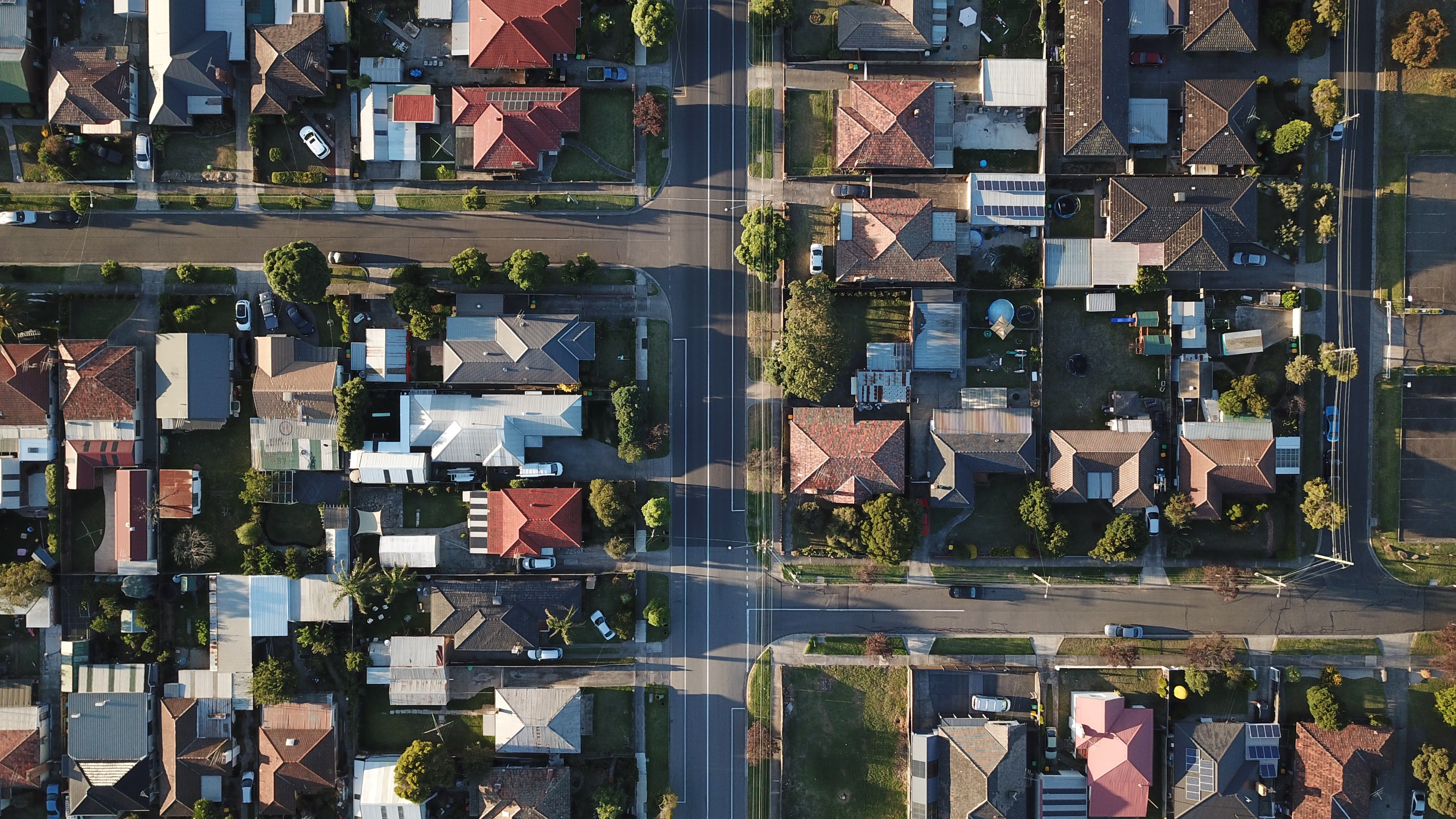Why California Requires an NHD Report In

California is considered one of the most desirable places to live — and why shouldn’t it be? From sun-soaked beaches to the rugged beauty of places like the Redwood Forest or Yosemite, California has plenty of natural beauty to complement the lifestyle of your choosing.
While the natural appeal of the state makes it a popular destination for home buyers, California real estate law mandates an extra element that you won’t encounter in any other state: the Natural Hazard Disclosure, or NHD report.
What Is the NHD Report?
The requirement to provide a Natural Hazard Disclosure report was put into effect in 1998 under California Civil Code 1103. This law largely stemmed from the aftermath of the 1991 Oakland Hills firestorm, which burned over 2,800 homes and killed 25 people. Under California law, sellers in a real estate transaction must provide an NHD report to buyers before they sell a property.
The NHD report shows whether a property lies within any of 6 common “hazard zones” present in the state. This report is required to disclose Special Flood Hazard, Dam Inundation, Very High Fire, Wildland Fire, Earthquake Fault Zone, and Seismic Hazard areas.
The reports often include supplemental hazards, such as the proximity to environmental concerns or whether the property lies within an airport influence area or military ordnance zone. Megan’s law advisories (indicating whether a sex offender lives in the area) may also be included.
The report breaks these hazards down in categories known as “Determinations,” which indicate whether the property being sold is “In” or “Out” of a hazard zone. A breakdown of property tax information and any special assessments levied against the property are also disclosed in this report.
Parts of these reports are available in a standardized format and provided by disclosure companies. It is up to the seller and their agent to choose a disclosure company to provide the report, which is typically quite affordable — especially in comparison to other real estate costs.
Why Is This Report Required In California?
Buying a house is a major investment — particularly in California, where the median price for a single-family home reached $605,280 in 2019. Because it is such a big financial decision, it is essential that buyers fully understand what they are getting into when they buy a property.
By mandating that buyers receive an NHD report, the state of California ensures that buyers will have a full understanding of the natural hazards and taxes that could affect them after buying a property. Some of these hazard areas may even have tangible or monetary costs associated with them.
For most buyers, the information contained on a Natural Hazard Disclosure will not be a big deal. For others, however, it could be enough to make them back out of buying a home in a particular area without jeopardizing their deposit as each NHD has a 3-day right of recision associated with the delivery of the report. Seeing the information contained in an NHD report gives buyers the ability to assess their risk and determine whether it is acceptable or not, rather than living with an expensive case of buyer’s remorse.
At the very least, the report informs them of risks that would require that they purchase additional insurance coverage (such as Special Flood Hazard Areas), or take steps to protect their home from hazards (such as creating a defensible space in either Fire risk areas).
The NHD report isn’t just about the buyer. It also protects the seller. By providing this report to buyers, the seller’s liability is limited, offering significant financial protection. For example, let’s say an NHD report reveals that a home lies within a Very High Fire hazard zone. The buyer receives the report and still agrees to sign the document and go through with the sale.
If a fire strikes a few months later and the house is destroyed, the buyer cannot demand compensation from the seller or their agent for costs not covered by their insurance policy. By agreeing to the sale after reviewing the report with this disclosure, it becomes the buyer’s responsibility to further investigate their risk and take steps to mitigate it.
As this example reveals, a Natural Hazard Disclosure can protect all parties involved in a real estate transaction — as long as they take the time to review and understand this document.
The NHD Report Process
Requesting an NHD report is actually quite simple. Here at SnapNHD, you can receive a report for your property within minutes after submitting your order. Typically, the report will then be presented to the buyer at the same time they receive the results of their home inspection.
The buyer will have three days to review the information included in the Natural Hazard Disclosure. They are free to withdraw their offer and receive back their deposit during this time if the information contained in the report makes them decide against the property.
Once the buyer receives the NHD report, it is up to them to review it thoroughly and make their final decision. If the buyer withdraws their offer, the seller can use the report in other transactions, though the original report can be canceled for free as the report is only paid at the close of escrow.
If the buyer agrees to go through with the sale, they (as well as the seller and the seller’s agent) will sign the NHD report form. The form must be signed before the close of escrow, otherwise, the sale cannot be legally “closed” under California law. With the Natural Hazard Disclosure and all other necessary forms signed and completed, however, the transaction will be complete.
Making the Most of Your Natural Hazard Disclosure
The NHD report ultimately helps both buyers and sellers by ensuring that all parties are fully informed regarding the status of the property and any risks it might face. This gives buyers the opportunity to avoid buying a property at risk for natural hazards that concern them.
At the same time, the seller won’t have to worry about a buyer attempting to sue them later because of a failure to disclose natural hazards during the transaction.
The Natural Hazard Disclosure is a small and inexpensive step in the California home-buying process — but it’s one that should never be overlooked. Make sure this document has been requested and reviewed before closing any real estate transaction in California.

